Linden is often referred to confusingly as “lime blossom” (which is its common name in Britain) It should not be confused with the citrus lime (Citrus aurantifolia), which bears the green lemon-like fruit that you might know from Mexican cuisine.
The two thing the two have in common in the confusing nomenclature; other than that - they share nothing in common, neither botanically nor olfactory wise.
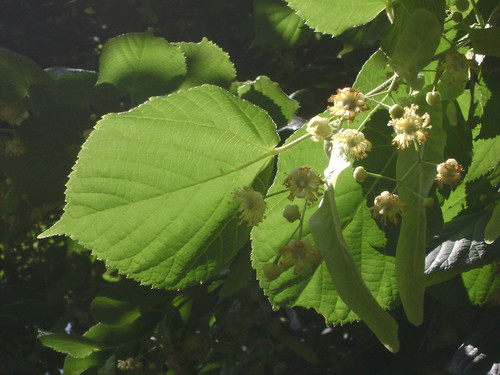
Linden Blossoms (Tilia vulgaris) tree are prized for the flavour they lend to honey, and are also used as an herbal remedy when steeped in hot water to make a tisane often called “tilleul”. Linden blossom are very calming and are used in folklore and herbal medicine to treat conditions such as hysteria, anxiety, cold and fever, palpitations and migraines. Similarly, it is used in aromatherapy to treat insomnia, migraine and other stress related conditions. Also used for cramps, indigestion and liver pains.
Linden absolute is solvent extracted from the dried flowers and the "leaf" attached to it. It is thick and sticky, dark green semi-solid mass. It is hard to work with and has to be diluted in alcohol for its aroma to be fully appreciated. Linden absolute is mildly sweet and herbaceous, dry, dry grass and hay-like, and somewhat floral and honeyed, reminiscent of a sweet herbal tea.
There is also a CO2 that is harder to come by, that is clear, with more intense honey notes, lighter yet sweeter, and less reminiscent of hay (in both scent and appearance).
Use in perfumery, the aroma of Linden Blossom is unusual and rarely used. It adds a honeyed, green, floral-herbaceous and slightly wine-like note and helps to balance sweet florals such as jasmine and tuberose, as well as sweeten and mellow green, citrus and herbal accords.
The principle constituent of linden blossom is
farnesol. This may explain why it is not commonly used in mainstream perfumery.
Farnesol is significantly cheaper as a synthetic than the linden blossom absolute (and obviously is often used to adulterate the true absolute...). Therefore, it is not surprising that linden blossom as a note is fairly rare overall. A few perfumes that incorporate linden blossom are mostly delicately green, fresh, light floral, for example: Dawn Spencer Hurwitz’s Goddess, Fresh’s Violet Moss (1997), L’Artisan Parfumeur’s La Chasse au Papillons
, Ormonde Jayne’s Frangipani Absolute (2003) and Parfums Delrae Début (2004).
Linden Blossom Soliflores are far and few, and are not nearly as popular as other soliflores:
Aftelier’s Linden Blossom (discontinued, but available through their website as special order through the
Product Archives page), D’ORsay Tilleul (1995), Jo Malone’s French Lime Blossom (1995) and l'Artisan Parfumeur
L'Été en Douce (2005) and Annick Goutal's Eau de Ciel (1986).
Natural Perfumes Containing Linden Blossom:
JoAnne Bassett’s
Le Voyage (2000), Aftelier’s
Linden Blossom (see above) and FiFi finalist
Honey Blossom (2010), Ayala Moriel’s
Kinmokusei and now discontinued soliflore
Tirzah. Lime (Citrus aurantifolia, and on rare occasions also a type called Citrus limetta will be found - which is the finest of the all) was probably originated in the East Indian archipelago, from where it made its way to South America, and also spread to Iran, Arabia and East Africa (where it is often called "Persian Lime"). Lime is more often than never produced from the green, unripe fruit (if you are ever picking lime at the store and want sweetness - get the yellow ones!). Lime is a unique and unusual citrus notes in several respects, and is extremely versatile in its uses in the flavour and fragrance industry (both fine and functional). It is produced in two different methods - expression and steam distillation, producing two slightly different profiles:
Expressed lime oil is the preferred raw material for perfumery, since it has more complexity and also has better tenacity. Expressed lime oil is produced by either hand-pressing the peels only; or expressing the entire fruit with special machinery (the peel is very thin, and the fruit is quite uneven in size and shape) and separating the essential oil from the juice with a centrifuge. The two methods will be slightly different smelling, and the yield lower than that of distilled lime: It has has a full-bodied, green, spicy, woodsy aroma, with sweet, lactonic undertones. It is complex, featuring much less of the characteristic citrusy limonene molecule (which has a mild lemon-orange scent) than is noticeable in other citrus oils; and has woodsy-coniferous character (from both alpha and beta pinene), slightly medicinal/green aspect from 1,8-cineole (the main constituent in Eucalyptus), and other peppery-spicy molecules. Curiously, it also contains methyl anthranilate (grape-wintergreen smelling molecule that occurs in many "white florals"), as well as coumarin, which gives it a lactonic, coconutty finish that makes it so suitable for tropical beach scents. On another more technical note, the combination of methyl anthranilate and aldehyde rarely occurs naturally. It is what is called "
Schiff's Base", which most perfumers try to avoid, as it creates discoloration and odour-changes down the road.
Steam distilled lime oil is produced either from the acid juice of the unripe fruit, or from the crushed peels. It is most commonly used in flavouring, and the distillation process is not only cheaper, but also preferred for this use because it takes off some of the characteristic bitterness and "dry mouthfeel" that expressed lime oil (from the peel) has. Its "sweet" character is probably due to oxygenated compounds such as citral, aliphatic aldehydes (C-8 to C-10). The freshness comes mostly from limonene.
Most people will probably prefer the distilled lime oil over the expressed one because it smells more familiar from the flavoured lime products we are all exposed to: You will probably notice right away the similarity of the aroma of this oil to that found in many soft beverages (i.e.: cola) and lime flavoured candies or bubble gums. Steam distilled lime essential oil has the same distinctive lime fragrance as the expressed, only that it is sweeter, rounder and less green upon opening. The dryout, however, is less sweet and refined than the opening and becomes dry, woody, almost rough textured upon drydown.
You would find lime oil in many applications for household use (because of its solvent and anti-microbial properties). Most commonly - blended with pine and lemon oils and their derivatives for bathroom cleaners of the "Pine-Sol" type. And, as I mentioned earlier, it's a huge hit in soft beverages like cola (along with cassia and cloves), citrus-flavoured sodas (ginger-ale, 7-Up, etc.).
In fine fragrances, you're like to find lime in many masculine fragrances, where its woodsy personality blends so well with the typically masculine woodsy bases, as well as in fougere (it adds an extra dose of coumarin to the mix, along with tonka bean, hay or synthetic coumarin), and has interesting effects in Chypre, Coniferous and even floral compositions, where its brisk freshness serves a contrast to other more intoxicating notes.
Examples: Dior's
Eau Sauvage (1966), Miller Harris'
Citron Citron (2000), Ayala Moriel's
ArbitRary (2001) and
Lime & Cacao; Jo Malone's
Blue Agava & Cacao (2006), Parfums Delrae Début (2004), Parfums de Nicolai's Eau d'Été (1997), Aftelier's Haute Claire (2011), Rochas Moustache (1949), JoAnne Bassett's Napoleon (2006), Diptyque's Oyedo (2000), and too many others to count.
Do you have any favourite lime scents? Or cocktails? We will be happy to hear about anything linden or lime related in the comment section of this post!

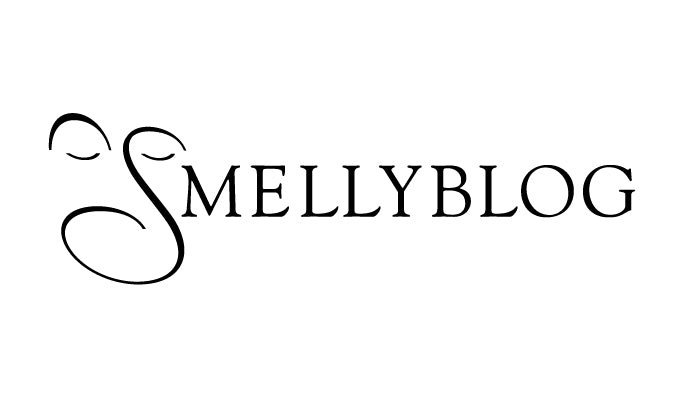
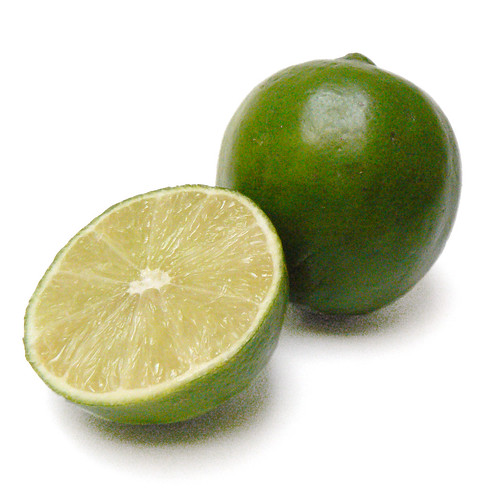

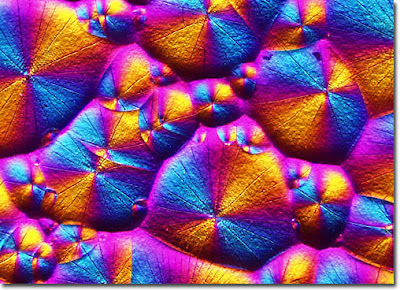
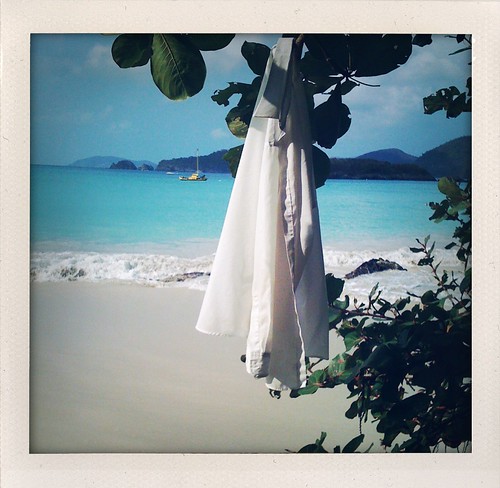
![Bitter [sweet] by Ravi Vora](http://farm2.staticflickr.com/1277/1315397905_41ed5908d3.jpg)
